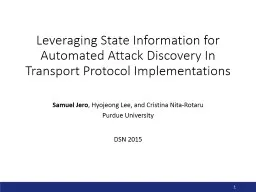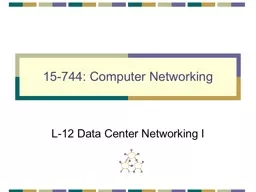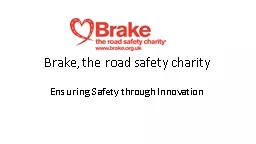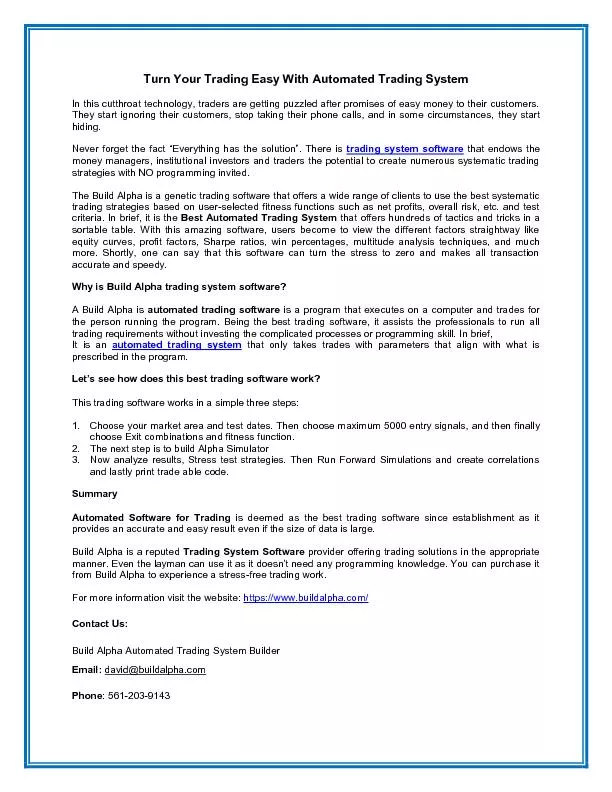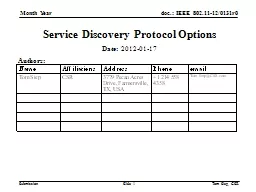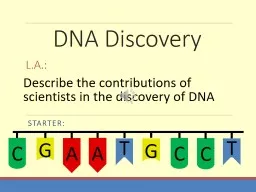PPT-Leveraging State Information for Automated Attack Discovery In Transport Protocol Implementations
Author : ventuilog | Published Date : 2020-07-03
Samuel Jero Hyojeong Lee and Cristina Nita Rotaru Purdue University DSN 2015 1 Transport Protocols C ritical to todays Internet Used by many applications Underlie
Presentation Embed Code
Download Presentation
Download Presentation The PPT/PDF document "Leveraging State Information for Automat..." is the property of its rightful owner. Permission is granted to download and print the materials on this website for personal, non-commercial use only, and to display it on your personal computer provided you do not modify the materials and that you retain all copyright notices contained in the materials. By downloading content from our website, you accept the terms of this agreement.
Leveraging State Information for Automated Attack Discovery In Transport Protocol Implementations: Transcript
Download Rules Of Document
"Leveraging State Information for Automated Attack Discovery In Transport Protocol Implementations"The content belongs to its owner. You may download and print it for personal use, without modification, and keep all copyright notices. By downloading, you agree to these terms.
Related Documents

